Grow Strawberries at Home Easy? Absolutely! Imagine plucking juicy, sun-ripened strawberries straight from your own garden, ready to be devoured or transformed into delicious desserts. Forget those bland, store-bought berries – with a few simple tricks and a little DIY magic, you can cultivate a thriving strawberry patch right in your backyard, balcony, or even on your windowsill.
The allure of growing your own food is deeply rooted in human history. For centuries, cultivating the land and nurturing plants has been a source of sustenance, connection to nature, and immense satisfaction. Strawberries, in particular, have a rich history, enjoyed by ancient Romans and later refined into the sweet, plump berries we know and love today.
But why should *you* embark on this strawberry-growing adventure? In today’s fast-paced world, taking the time to nurture something from seed to fruit is incredibly rewarding. Plus, knowing exactly where your food comes from and how it’s grown gives you peace of mind. And let’s be honest, who can resist the taste of a freshly picked strawberry? This DIY guide will provide you with easy-to-follow instructions and clever hacks to grow strawberries at home easy, even if you have limited space or gardening experience. I’m excited to share my favorite tips and tricks to help you achieve a bountiful harvest!
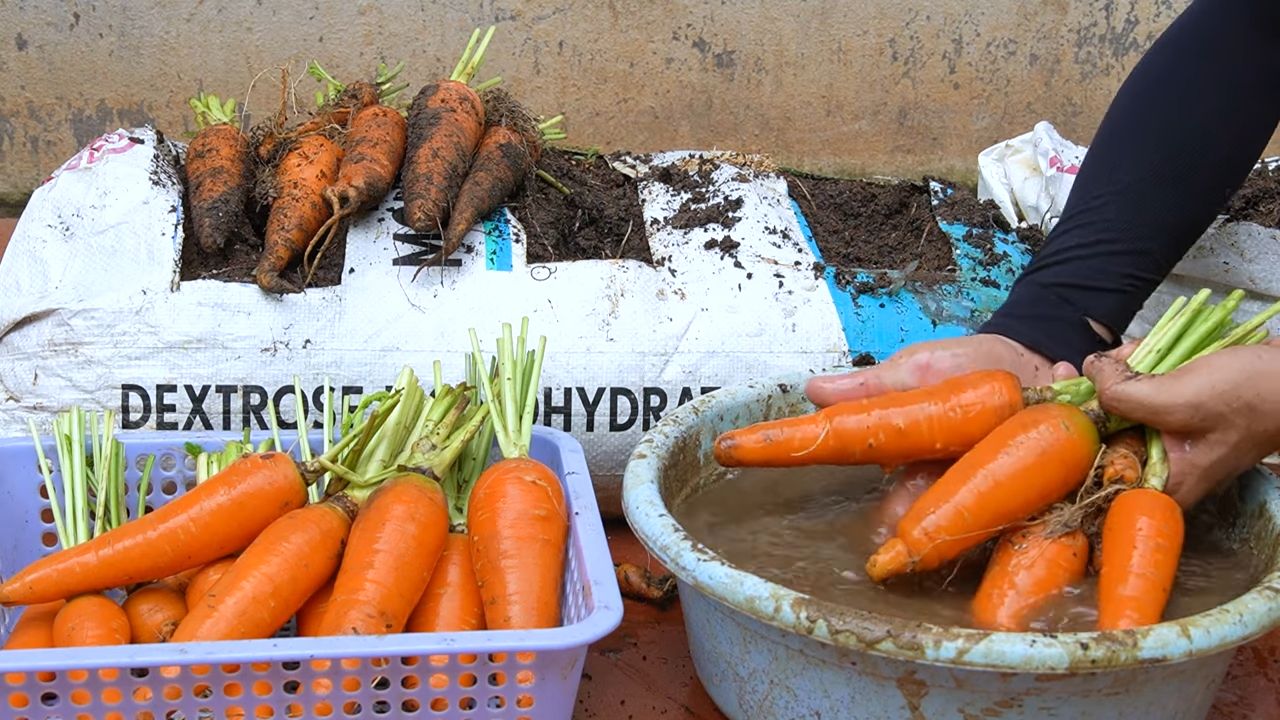
Growing Strawberries at Home: A Simple DIY Guide
Hello dear garden friends! Have you ever imagined picking fresh, juicy strawberries directly from your own garden? I can tell you, it’s an incredibly satisfying feeling! And the best part? It’s much easier than you might think. In this article, I’ll show you how to grow your own strawberries at home with simple tools and a little patience. Whether you have a large garden, a small balcony, or just a sunny windowsill, there’s a method for you. Let’s get started!
The Basics: What Strawberries Need to Grow
Before we dive into the details, it’s important to understand what strawberries really need to thrive. Here are the most important factors:
- Sun: Strawberries love the sun! They need at least 6-8 hours of direct sunlight per day to grow optimally and produce lots of fruit.
- Soil: Well-draining, slightly acidic soil (pH between 5.5 and 6.5) is ideal. Strawberries do not like waterlogging, as this can lead to root rot.
- Water: Regular watering is important, especially during the flowering and fruiting periods. Make sure to keep the soil moist, but not soaked.
- Nutrients: Strawberries are hungry plants. Regular feeding with a balanced fertilizer ensures strong growth and a bountiful harvest.
- Space: Strawberries need space to grow. Be sure not to plant them too close together so they get enough air and light.
Strawberry Varieties: Which One is Right for You?
There are countless strawberry varieties, and choosing the right one depends on various factors, such as your climate, the space you have, and your personal taste. Here are some popular varieties that are well-suited for growing at home:
- June-bearing varieties: These varieties produce a large harvest once a year, usually in early summer. They are ideal if you want to harvest a large quantity of strawberries at once, for example, for freezing or making jam. Examples include ‘Elsanta’ and ‘Korona’.
- Everbearing or day-neutral strawberries: These varieties produce fruit over a longer period, often from early summer until fall. They are ideal if you want to harvest fresh strawberries continuously throughout the season. Examples include ‘Ostara’ and ‘Mara des Bois’.
- Climbing strawberries: These varieties can be trained up trellises and are ideal for small gardens or balconies. They are not necessarily the most productive, but they are a real eye-catcher.
Planting Strawberries: Step by Step
Now let’s get down to business! Here is a detailed guide on how to plant your own strawberries:
1. Preparing the Soil
- Choose a sunny location: Find a spot in your garden or on your balcony that gets at least 6-8 hours of sun per day.
- Prepare the soil: Loosen the soil thoroughly and remove weeds, stones, and other obstacles.
- Improve the soil: Mix in compost or other organic materials to improve drainage and nutrient supply.
- Test the pH level: Use a pH test kit to check the soil’s pH. Strawberries prefer slightly acidic soil (pH between 5.5 and 6.5). If necessary, you can adjust the pH with lime (to raise it) or sulfur (to lower it).
2. Selecting and Planting Strawberry Plants
- Choose healthy plants: Buy healthy, strong strawberry plants from a nursery or garden center. Make sure the plants show no signs of diseases or pests.
- Plant the strawberries: Dig holes large enough to accommodate the root balls of the strawberry plants. Plant them so that the crown (the point where the roots meet the stem) is just above the soil surface.
- Keep your distance: Be sure to leave enough space between the plants. June-bearing varieties should be planted about 30-45 cm (12-18 inches) apart, while everbearing varieties should be about 20-30 cm (8-12 inches) apart.
- Water the plants: Water the newly planted strawberries thoroughly to moisten the soil and help the roots establish.
3. Caring for Strawberry Plants
- Water regularly: Water the strawberry plants regularly, especially during flowering and fruit production. Make sure to keep the soil moist, but not waterlogged.
- Fertilize: Fertilize the strawberry plants regularly with a balanced fertilizer. Follow the instructions on the fertilizer package.
- Remove weeds: Regularly remove weeds that grow around the strawberry plants. Weeds compete with strawberries for water and nutrients.
- Remove runners: Strawberries produce runners that form new plants. If you don’t want to grow new plants, you should remove the runners regularly, as they can weaken the mother plant.
- Protect against pests and diseases: Watch for signs of pests and diseases. If necessary, you can use organic pesticides or fungicides.
- Mulch: Mulch the strawberry plants with straw or other organic material. Mulch helps to keep the soil moist, suppress weeds, and protect the fruit from dirt.
Growing Strawberries in Pots: A Great Option for Balconies and Patios
If you don’t have a garden, you can also easily grow strawberries in pots or containers. Here are some tips for growing strawberries in pots:
- Choose the right pot: Use a pot with a diameter of at least 20 cm (8 inches) and a good drainage hole.
- Use high-quality potting soil: Use a high-quality potting mix that is well-draining and contains sufficient nutrients.
- Plant the strawberries: Plant the strawberry plants so that the crown is just above the soil surface.
- Water and fertilize regularly: Water and fertilize the strawberry plants regularly, as described above.
- Place the pot in a sunny location: Place the pot in a sunny spot that gets at least 6-8 hours of sun per day.
- Protect the plants from frost: If there is a frost, you should move the pots to a sheltered location or cover them with fleece.
Harvesting Strawberries: The Reward for Your Efforts
After all the work, the best part finally arrives: the harvest! Strawberries are ripe when they are bright red and detach easily from the stem. Pick the strawberries gently to avoid damaging them. It’s best to harvest them in the morning when they are still cool.
Common Problems and Solutions
Problems can also arise when growing strawberries. Here are some common issues and how you can solve them:
Birds: Birds can eat your strawberries.
Snails and slugs: Snails and slugs love strawberries! You can combat them with slug pellets, beer traps, or copper tape.
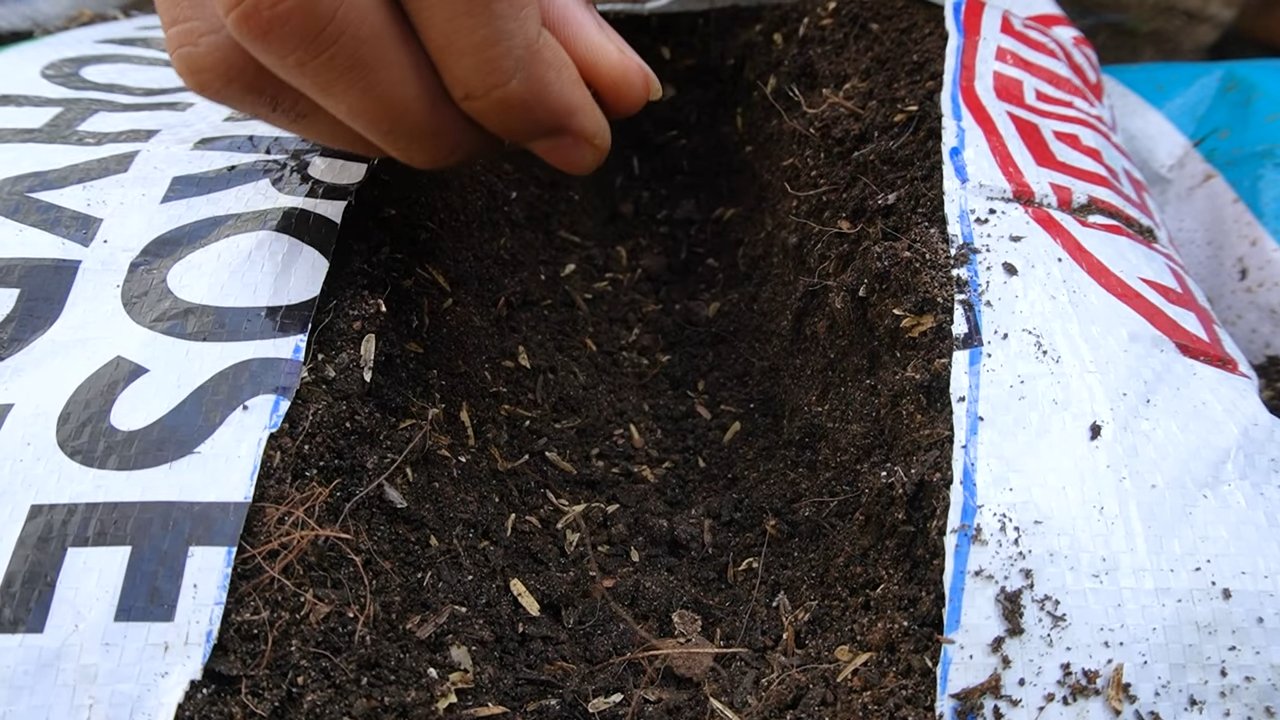
Conclusion
So, there you have it! Growing strawberries at home doesn’t have to be a daunting task reserved for seasoned gardeners. With this simple, effective DIY trick, you can transform your balcony, patio, or even a sunny windowsill into a thriving strawberry patch. This method is a game-changer because it maximizes space, minimizes weeding, and provides optimal drainage, leading to healthier, more abundant harvests. Forget expensive store-bought berries that lack flavor and freshness; imagine plucking juicy, sun-ripened strawberries straight from your own garden, bursting with sweetness and unparalleled taste.
This DIY approach to growing strawberries at home is more than just a gardening project; it’s an investment in fresh, healthy food and a rewarding connection with nature. Think of the possibilities! You can experiment with different strawberry varieties, from everbearing types that produce fruit throughout the season to June-bearing varieties known for their intense flavor. Consider adding companion plants like basil or marigolds to deter pests and enhance the growth of your strawberries. You can even create a tiered strawberry tower for a visually stunning and highly productive display.
Don’t be afraid to get creative and personalize your strawberry-growing setup. Use recycled materials like old tires or plastic containers to build your planters. Add a layer of mulch to retain moisture and suppress weeds. And most importantly, don’t give up if you encounter challenges along the way. Gardening is a learning process, and every mistake is an opportunity to improve your skills and knowledge.
We wholeheartedly encourage you to try this DIY trick for growing strawberries at home. It’s a fun, rewarding, and delicious way to enjoy the fruits (literally!) of your labor. Once you’ve experienced the joy of harvesting your own homegrown strawberries, you’ll never want to go back to store-bought berries again.
We’re confident that you’ll be amazed by the results. But don’t just take our word for it! We want to hear about your experiences. Share your photos, tips, and stories in the comments below. Let’s create a community of strawberry enthusiasts and inspire others to embark on their own gardening adventures. What variety of strawberry did you choose? What challenges did you face, and how did you overcome them? What are your favorite ways to enjoy your homegrown strawberries? We can’t wait to hear from you! So, grab your gardening gloves, gather your supplies, and get ready to experience the sweet satisfaction of growing your own delicious strawberries at home. Happy gardening!
Frequently Asked Questions (FAQ)
What are the best strawberry varieties to grow at home using this DIY method?
The best strawberry varieties for home growing depend on your climate and personal preferences. For beginners, everbearing varieties like ‘Seascape’ or ‘Albion’ are excellent choices because they produce fruit throughout the growing season. June-bearing varieties like ‘Honeoye’ or ‘Earliglow’ are known for their intense flavor and are ideal for making jams and preserves. Day-neutral varieties like ‘Tristar’ are also a good option, as they produce fruit continuously as long as the temperature is between 35-85 degrees Fahrenheit. Consider your local climate and the amount of sunlight your growing area receives when selecting your strawberry varieties. Researching varieties that are known to thrive in your region will significantly increase your chances of success.
How often should I water my strawberries grown in containers?
Watering frequency depends on several factors, including the size of your containers, the type of soil you’re using, and the weather conditions. Generally, strawberries in containers need to be watered more frequently than those grown in the ground because containers tend to dry out faster. Check the soil moisture regularly by sticking your finger about an inch into the soil. If the soil feels dry to the touch, it’s time to water. Water deeply until water drains out of the bottom of the container. Avoid overwatering, as this can lead to root rot. During hot, dry weather, you may need to water your strawberries daily, while during cooler, wetter weather, you may only need to water them every few days. Using a well-draining potting mix is crucial to prevent waterlogging.
What type of fertilizer should I use for my strawberry plants?
Strawberries benefit from regular fertilization to promote healthy growth and abundant fruit production. Use a balanced fertilizer with an NPK ratio of 10-10-10 or 12-12-12. You can also use a fertilizer specifically formulated for berries. Apply fertilizer according to the package instructions, typically every 4-6 weeks during the growing season. Avoid over-fertilizing, as this can burn the roots of your plants. Organic options like compost tea or fish emulsion are also excellent choices for feeding your strawberry plants. These organic fertilizers provide essential nutrients and improve soil health.
How do I protect my strawberries from pests and diseases?
Strawberries are susceptible to various pests and diseases, but there are several steps you can take to protect your plants. Regularly inspect your plants for signs of pests like aphids, spider mites, or slugs. Handpick pests or use insecticidal soap or neem oil to control infestations. To prevent fungal diseases like powdery mildew or gray mold, ensure good air circulation around your plants and avoid overhead watering. Remove any dead or diseased leaves promptly. Consider using row covers or netting to protect your strawberries from birds and other animals. Companion planting with herbs like basil or marigolds can also help deter pests.
Can I grow strawberries indoors using this DIY method?
Yes, you can grow strawberries indoors using this DIY method, but you’ll need to provide adequate light. Strawberries need at least 6-8 hours of direct sunlight per day to produce fruit. If you don’t have a sunny windowsill, you can use grow lights to supplement the natural light. Choose a location that is warm and well-ventilated. Be sure to pollinate the flowers by hand using a small paintbrush, as there won’t be any bees or other pollinators indoors. Indoor growing can be a great option for those with limited outdoor space or for extending the growing season.
How do I overwinter my strawberry plants in cold climates?
In cold climates, strawberry plants need protection from freezing temperatures. After the first frost, cut back the foliage to about 2 inches above the crown. Mulch heavily around the plants with straw, leaves, or pine needles to insulate the roots. If you’re growing strawberries in containers, you can move them to a sheltered location like a garage or shed. Water the plants occasionally during the winter to prevent them from drying out completely. In the spring, remove the mulch gradually as the weather warms up. Overwintering your strawberry plants will ensure that they come back strong and produce a bountiful harvest the following year.

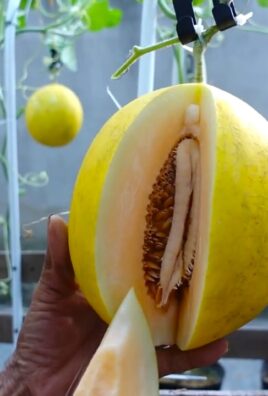
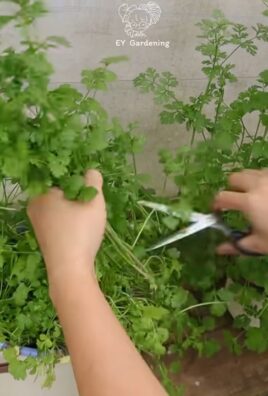
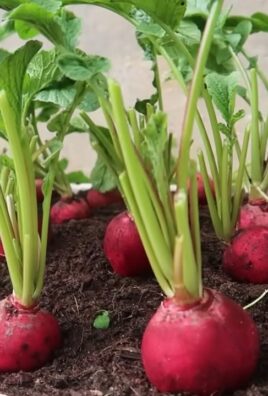
Leave a Comment